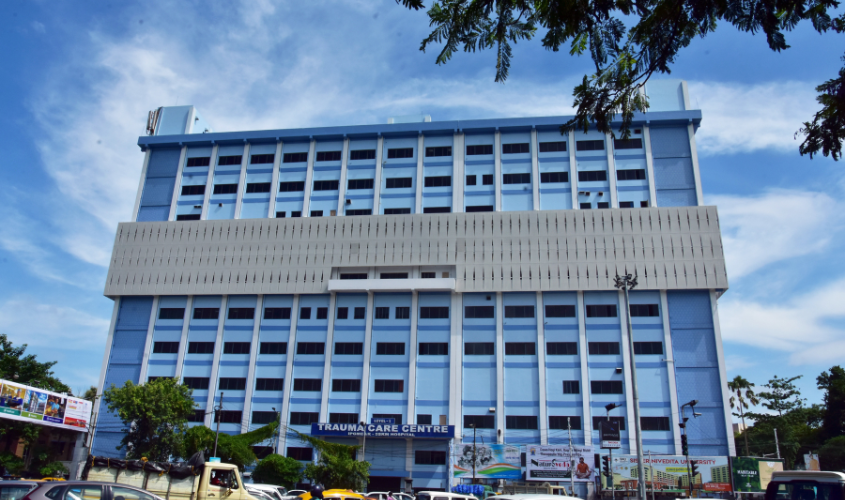NEW DELHI: The demand for more trauma care centres is inevitable due to the increase in accident cases and fatality rates. According to experts, a rapid rise in the number of centres will boost the survival rate of critically ill patients by more than 50%. Critically ill patients frequently overburden the healthcare industry in India because there are fewer than 200 operational trauma centres for more than 120 crore people.
“Setting up proper trauma care facilities in India will increase the survival and prevent the mortality of critical patients by more than 90% if the centre is well equipped,” Dr Kuldeep Kumar, Intensive care, CK Birla Hospital, told The Sunday Guardian.
The availability of efficient trauma centres on the highways can increase the number of road accident survivors if doctors and nurses are trained as per the Advanced Trauma Life Support (ATLS) protocols. Speaking further on this, Dr Sanjay Shah, Senior consultant Trauma Surgeon, Head of Emergency Department, Apollo Hospitals, Ahmedabad, told this paper, “Ideally, trauma centres should be made available at every 200km to 250 km on highways. All doctors and nurses, trained as per ALTS principles, will enhance the efficient trauma systems at existing hospitals.”
On the same note, Dr Rajiv Thukral, the director of orthopaedics, Asian Hospital, added, “With a widespread availability of trauma centres, the mortality following road accidents may reduce by 50%-60%.” The dysfunctioning trauma centres reflect the significant flaws in the current trauma system. The private sector is making significant efforts to build trauma-care networks across the nation. The government is now aware of the difficulties in creating a comprehensive trauma care system that covers all aspects of trauma care, from prevention tactics to road safety, education, and prehospital care, to physical resources and facilities. Speaking about the unavailability of trauma centres leading to a burden on healthcare, Dr Krishna Kumar Rai, Sr. Consultant and Head, Dept. of Emergency & Trauma, Accord Super Speciality Hospital, Faridabad told this paper, “India accounts for about 6% of all Road Traffic Accidents (RTAs) worldwide each year while having only 1% of all vehicles. Every four minutes, an RTA-related death takes place in India. That continues to be a burden in society at a 3% annual rate, resulting in fatalities, injuries, and economic, social, and emotional losses. The Indian government undervalued the development of trauma systems for many years.”
Building a trauma care system is expensive. Speaking about the facilities needed at the trauma centres, Dr Rai added, “A trauma care centre is required to have a certain number of the following people on duty 24 hours a day at the hospital: surgeons, emergency physicians, anesthesiologists, nurses, respiratory therapists and education program preventive and outreach programs.”
However, running trauma care centres with low manpower and low GDP expenditure is a challenge. Dr Shah suggested, “We must focus on existing healthcare facilities. Trauma centres are categorised from Level 1 to level 5. Level one has comprehensive tertiary trauma care facilities along with educational activity for the training of healthcare personnel, while level five centres give basic resuscitation services, require certain emergency surgery, and refer to higher-level trauma centres. Also, the number of operational beds decides capacity.”
Over a period of years, the Indian government, under the National Programme for Prevention and Management of Trauma and Burn Injuries, sanctioned 196 Trauma Care facilities (TCFs) across the country, and the approvals were granted on the basis of the proposals received from the states as per the norms of the scheme. Under this scheme, the designated trauma care facilities must be available every 100 km. Currently, along the Mumbai-Bangalore Asian Highway 47 (Old NH-4), around nine trauma care facilities have been established under this scheme.
More trauma care hubs will bring down highway fatality rates: Experts
- Advertisement -

